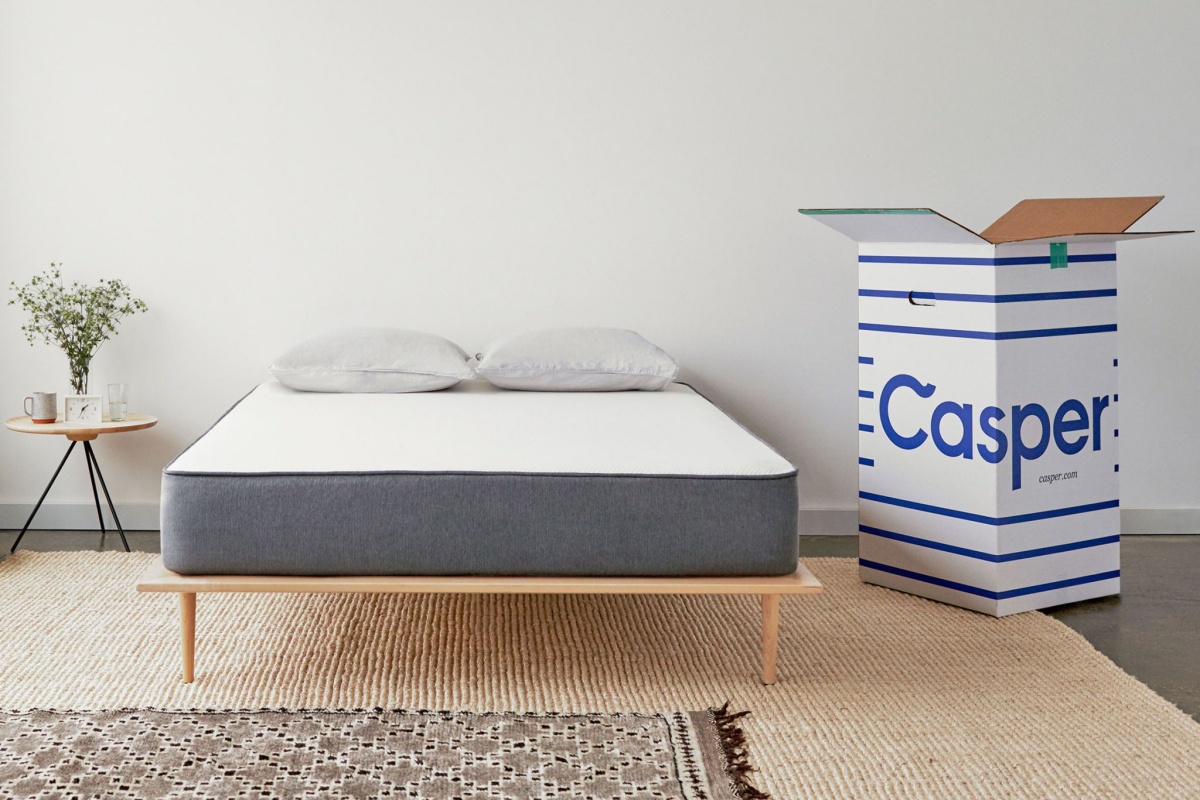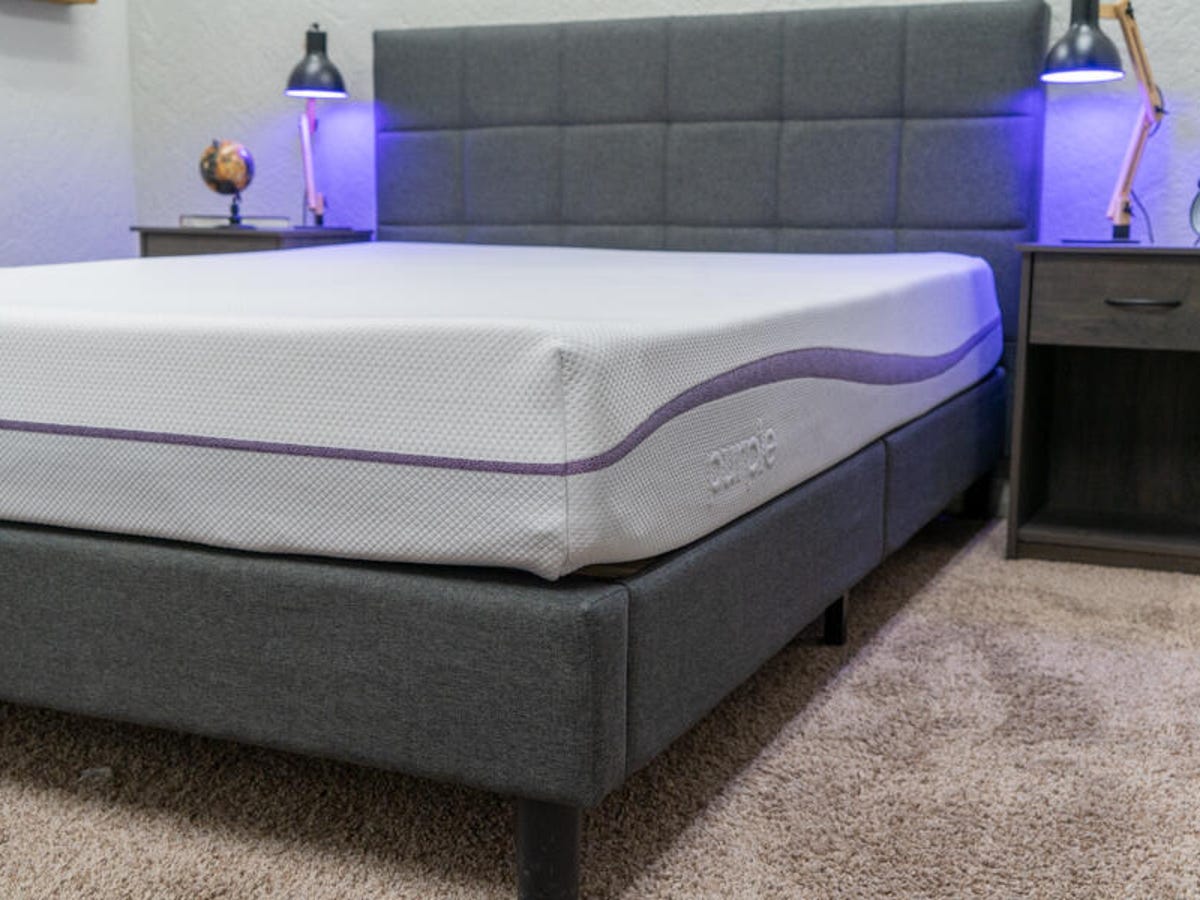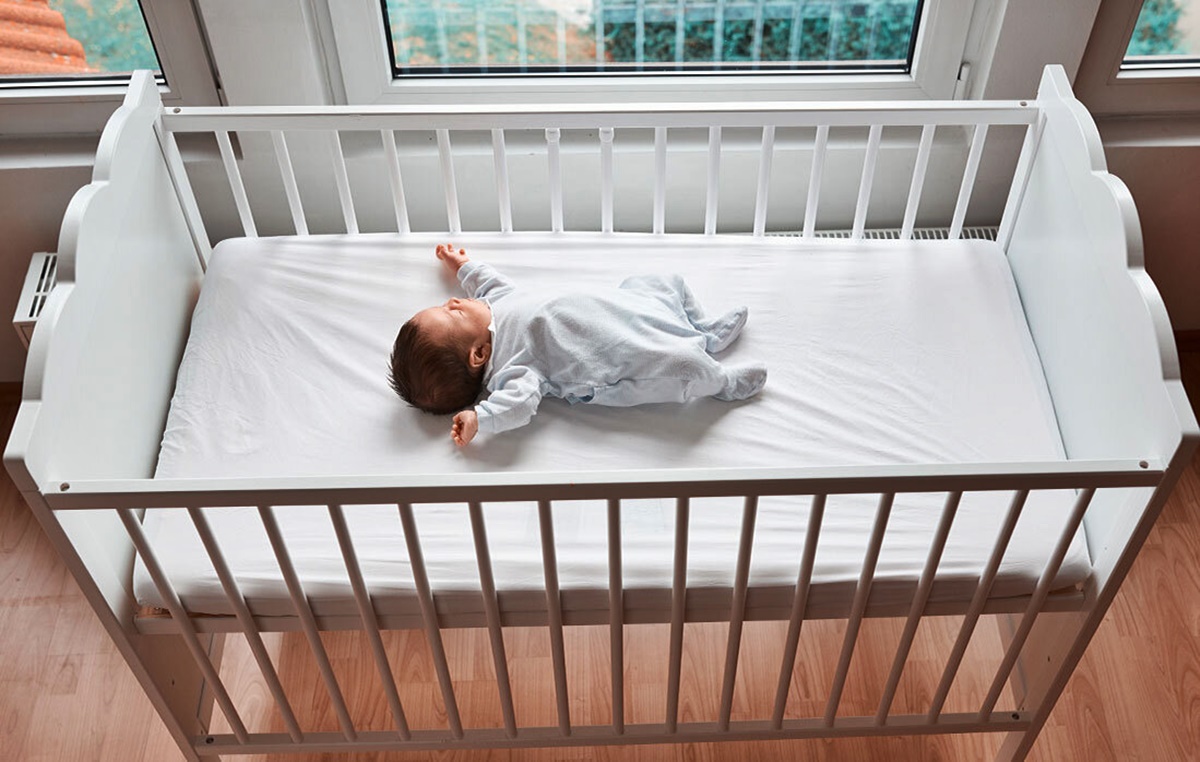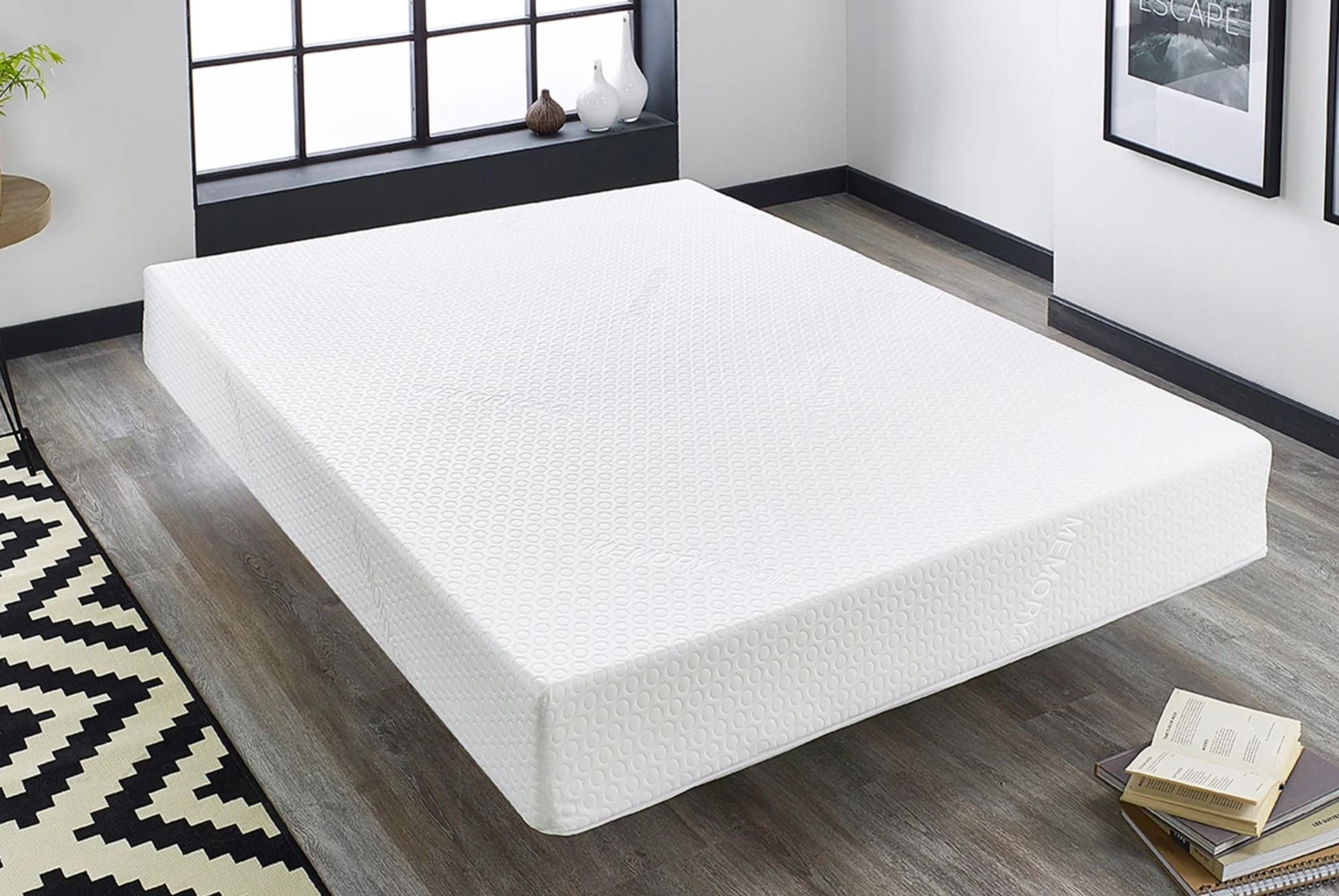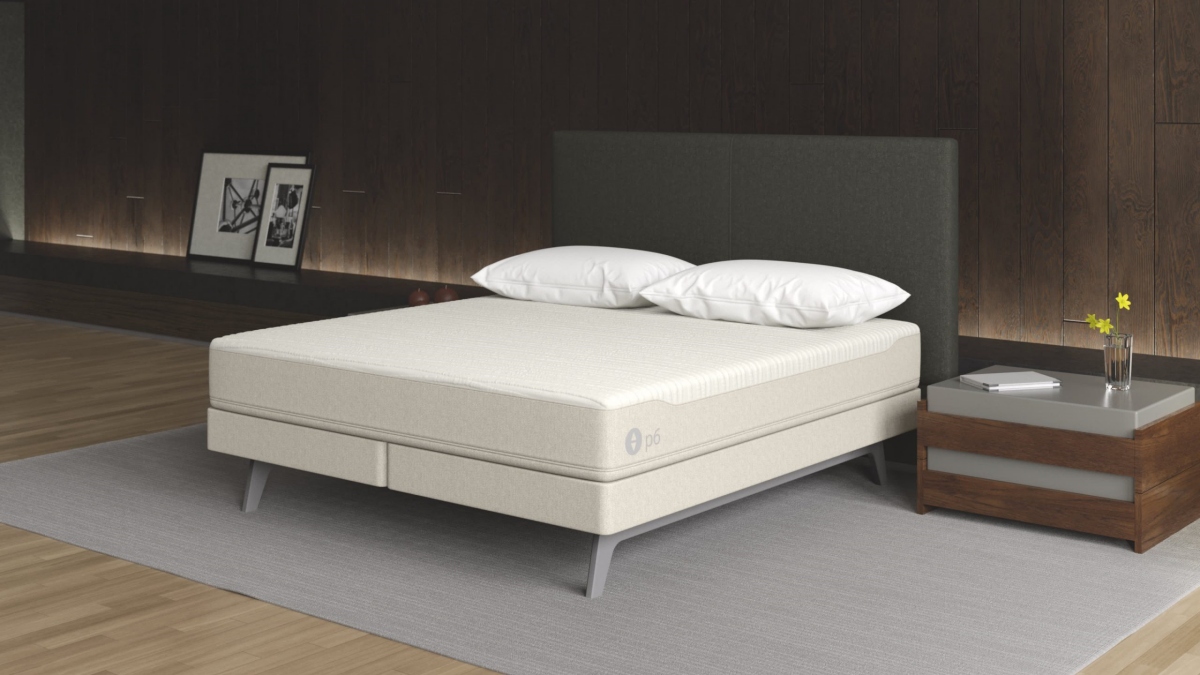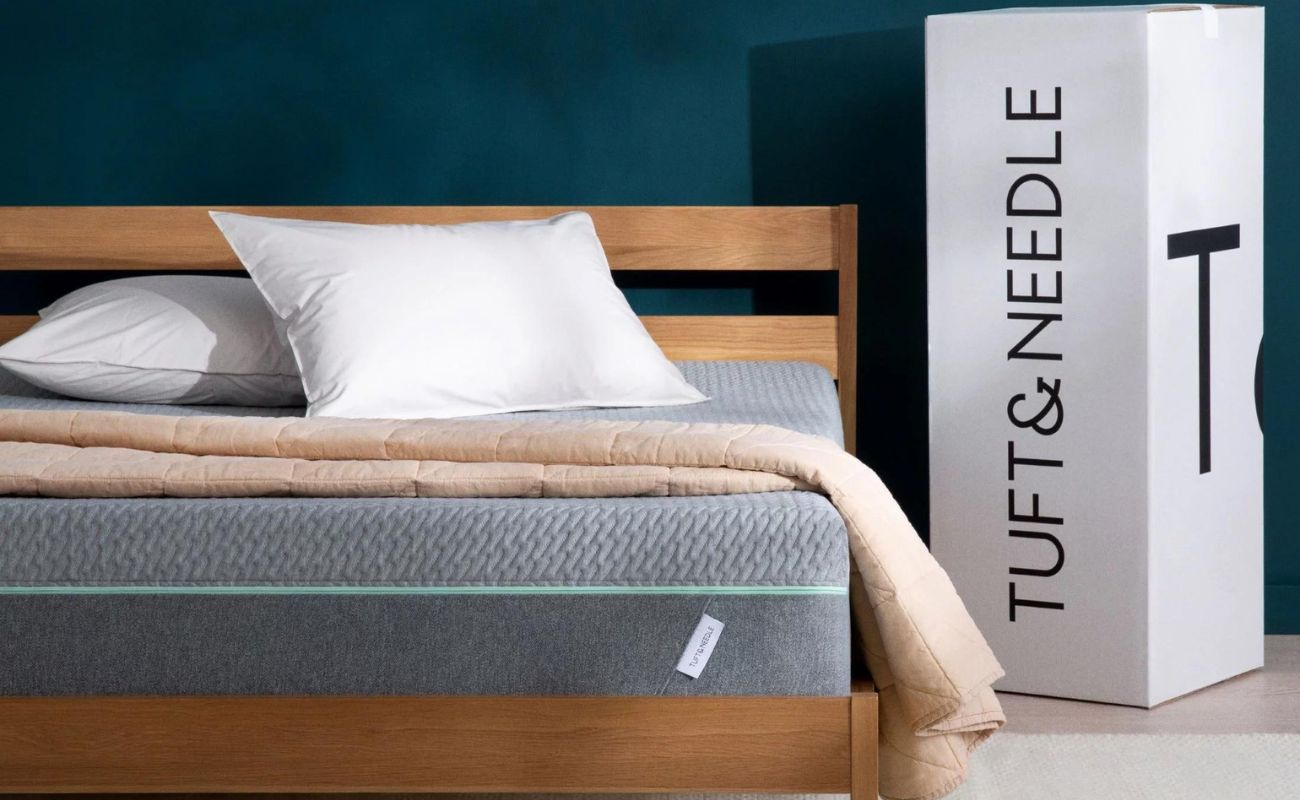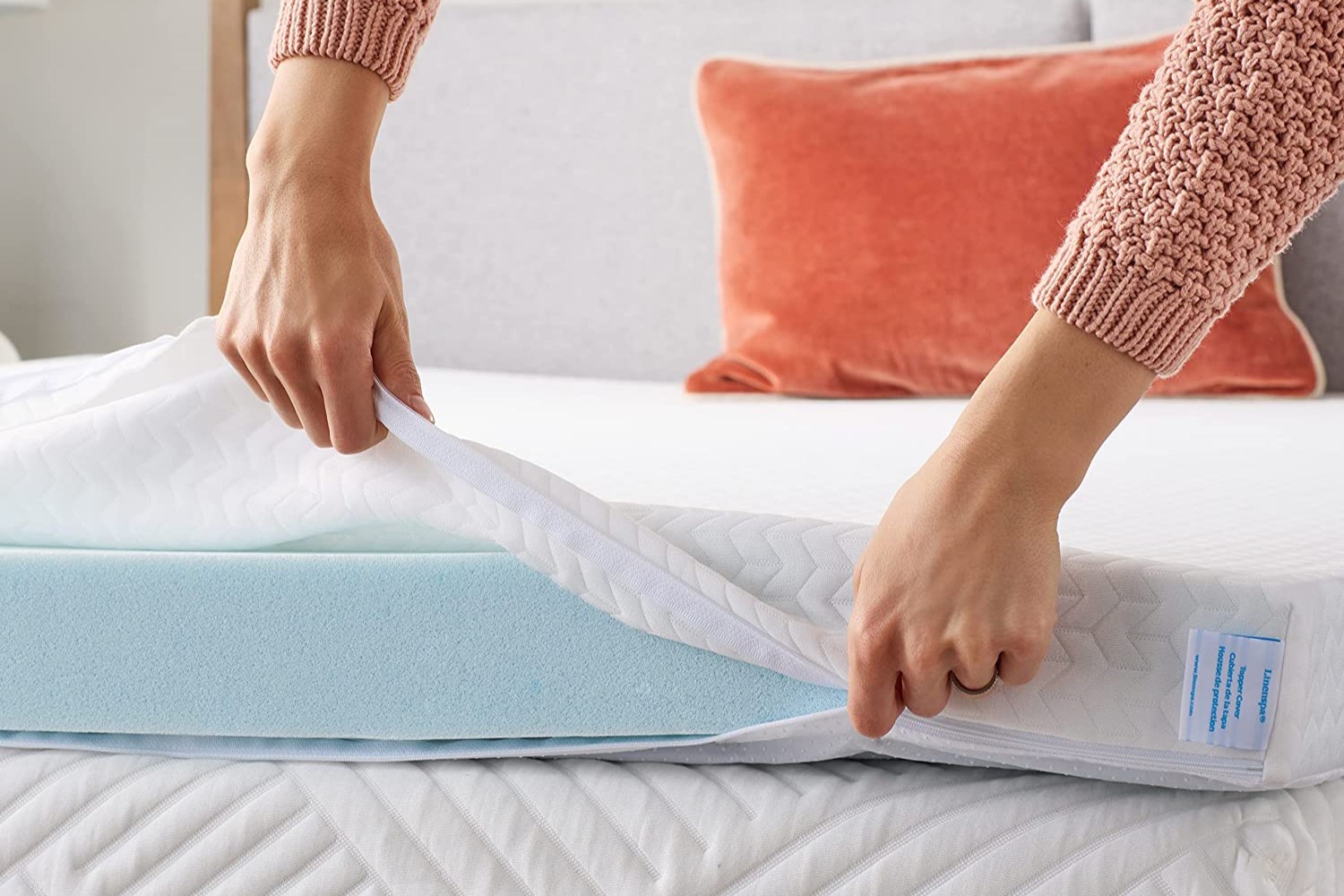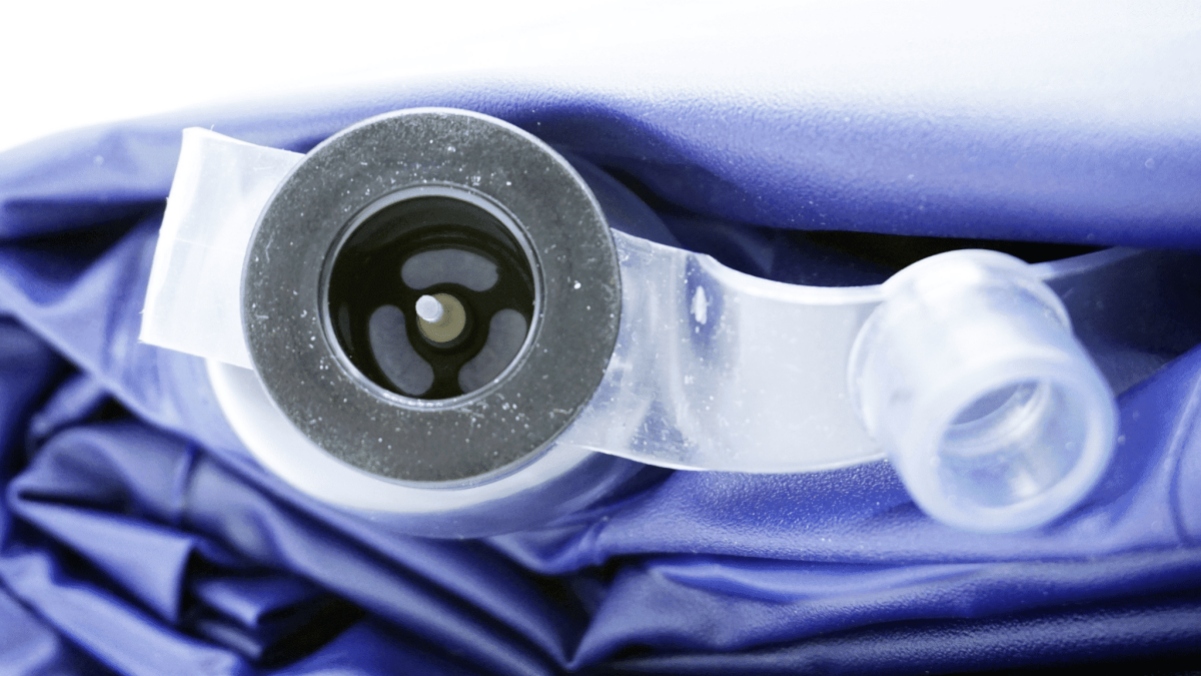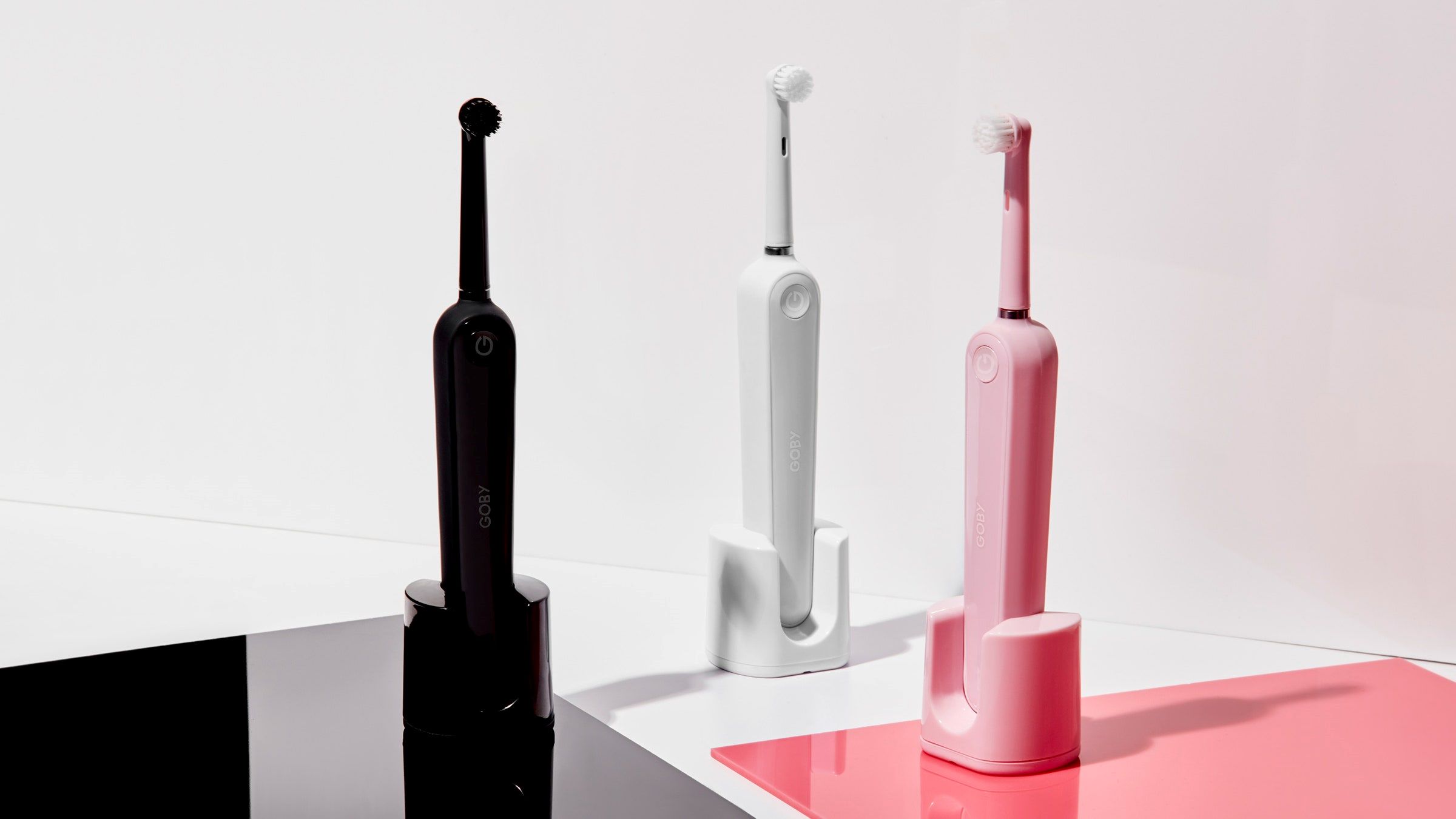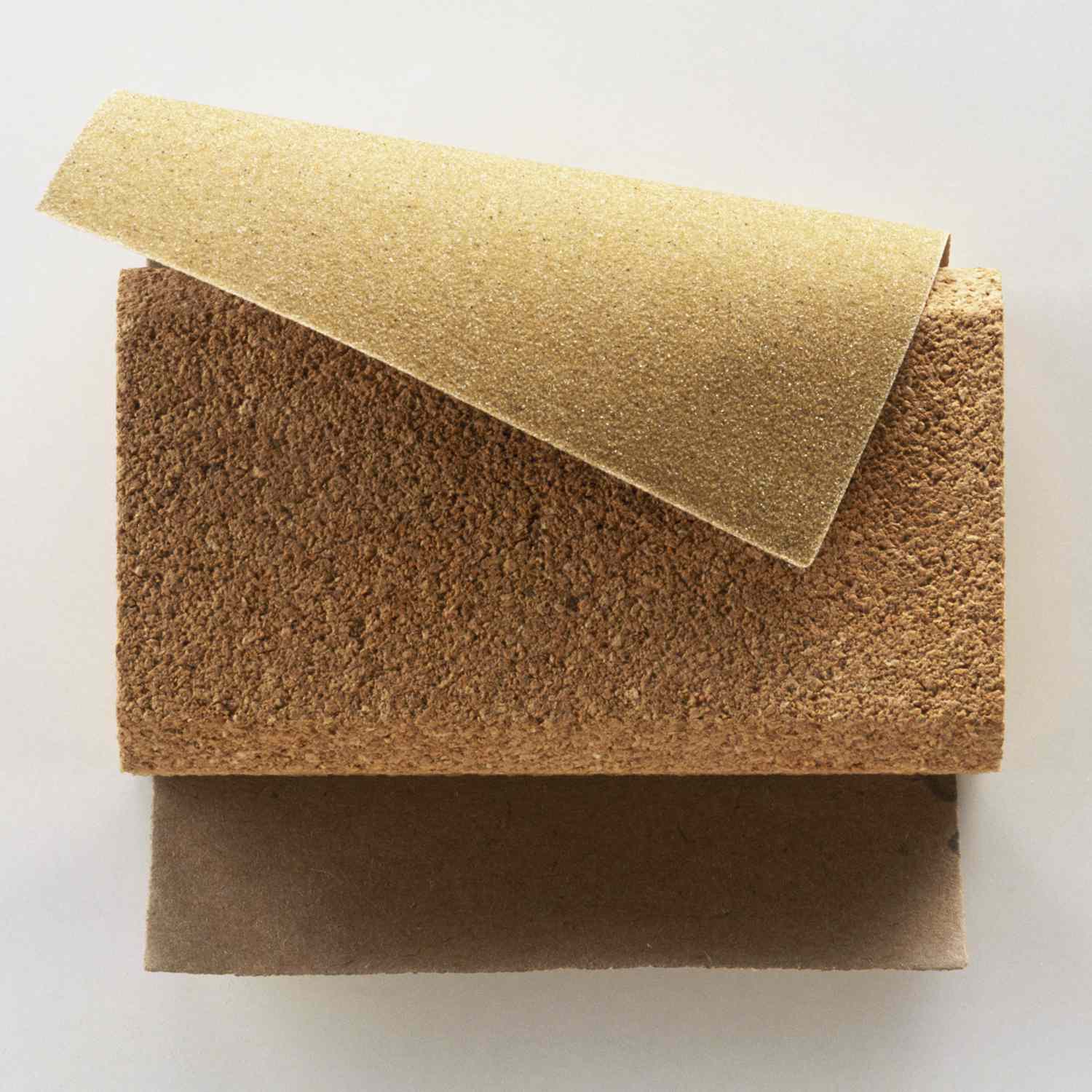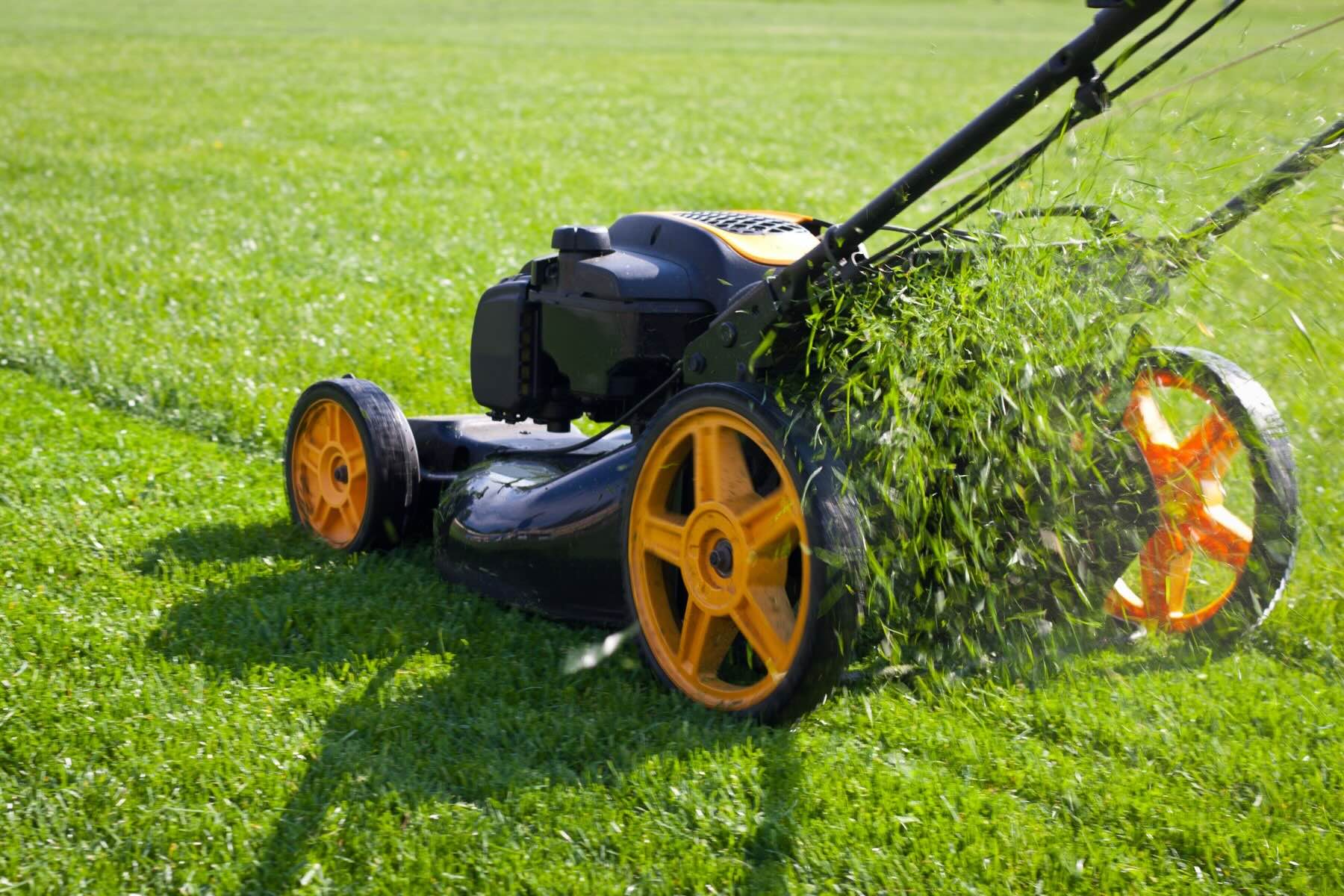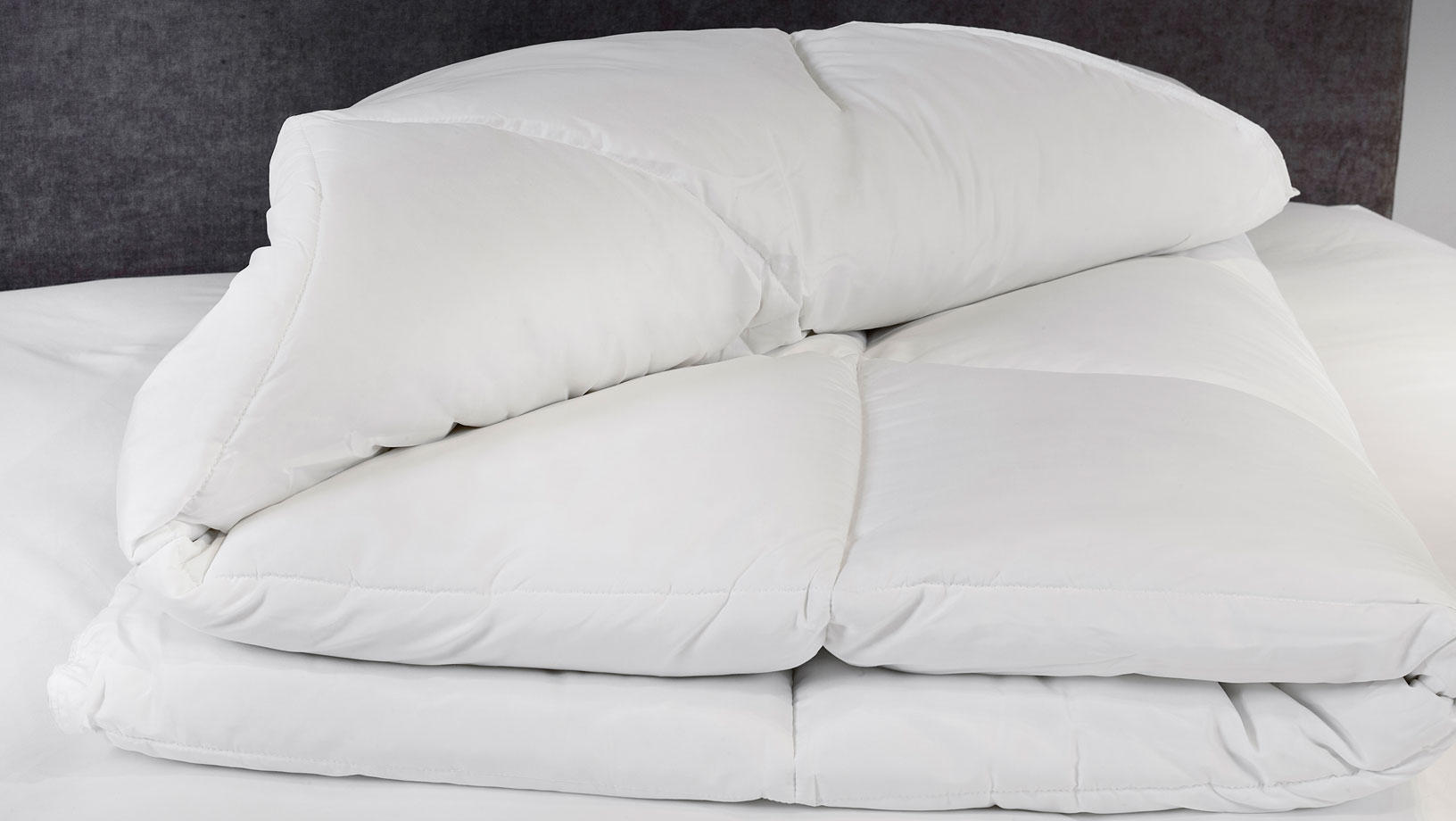Home>Furniture>Bedroom Furniture>How Long Does A Leesa Mattress Last
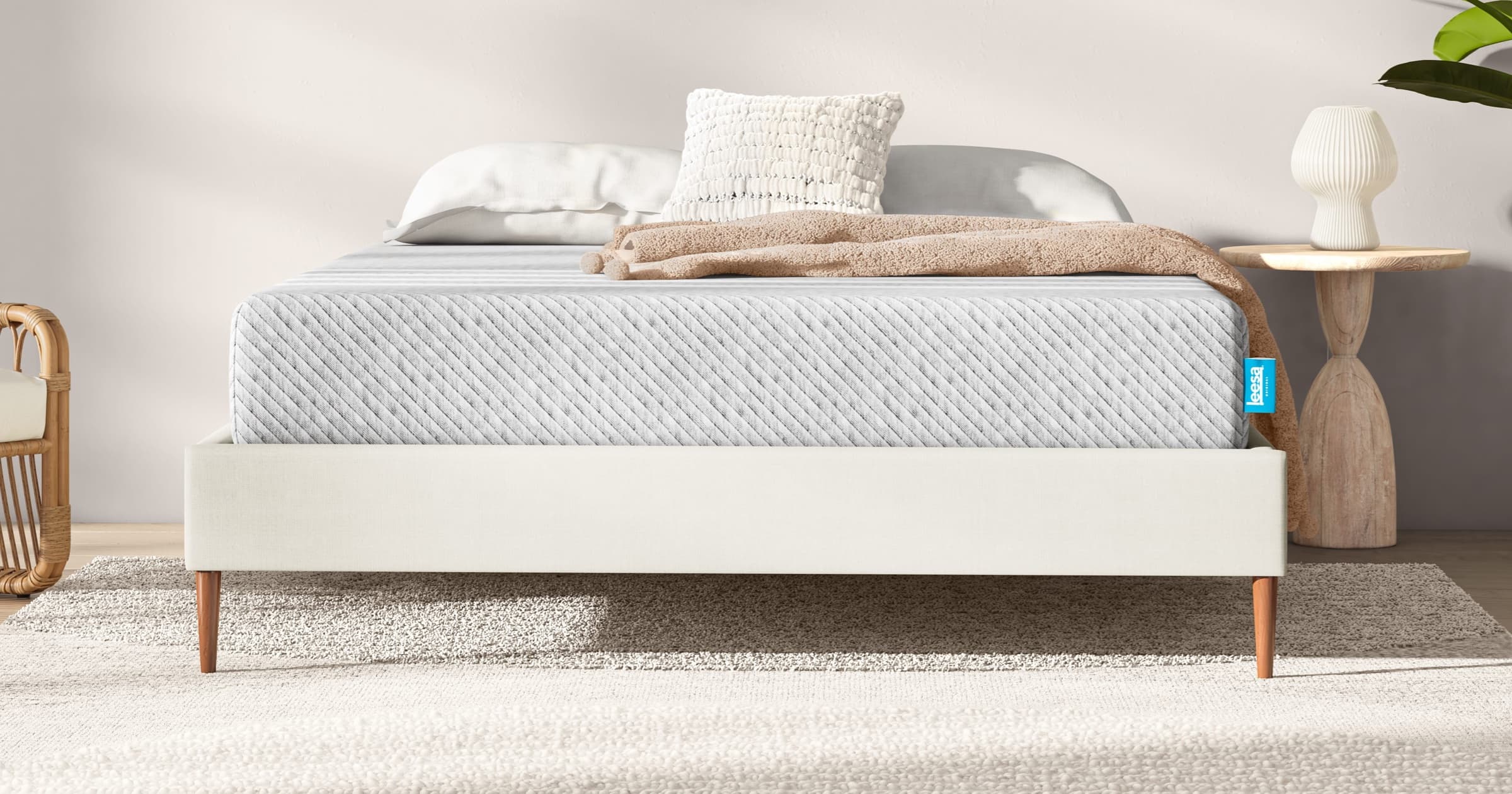

Bedroom Furniture
How Long Does A Leesa Mattress Last
Modified: December 7, 2023
Discover the longevity of a Leesa mattress in your bedroom furniture collection. Find out how long this durable and comfortable mattress is designed to last.
(Many of the links in this article redirect to a specific reviewed product. Your purchase of these products through affiliate links helps to generate commission for Storables.com, at no extra cost. Learn more)
Introduction
When it comes to getting a good night’s sleep, having a comfortable and reliable mattress is essential. A quality mattress not only provides support for your body but also contributes to your overall well-being and helps you wake up refreshed and energized. If you’re in the market for a new mattress, you may have come across the Leesa brand. Leesa is a popular mattress company that offers innovative and durable mattresses designed to provide the utmost comfort.
However, before investing in a Leesa mattress, you may wonder about its lifespan. How long will a Leesa mattress last? This is a common question that many potential buyers ask, and in this article, we will delve into the factors that affect the lifespan of a Leesa mattress and provide you with valuable insights to help you make an informed decision.
Key Takeaways:
- Leesa mattresses can last 7 to 10 years with proper care, including using a mattress protector, rotating regularly, and avoiding extreme temperatures and moisture.
- Signs of wear and tear in a Leesa mattress, such as sagging and loss of support, indicate the need for a replacement to maintain sleep quality.
Read more: How Long Does A Sealy Mattress Last
Factors Affecting the Lifespan of a Leesa Mattress
Several factors can influence the lifespan of a Leesa mattress. Understanding these factors can give you a better idea of how long you can expect your mattress to last before needing a replacement.
- Quality of Materials: One of the primary factors that determine the lifespan of any mattress is the quality of construction materials used. Leesa utilizes high-quality materials in the production of their mattresses, including multiple layers of foam and springs in some models. These materials are designed to withstand regular use and provide long-lasting support, contributing to the overall longevity of the mattress.
- Usage and Weight: How a mattress is used and the weight it bears also play a significant role in its lifespan. If the mattress is used by a single individual or a couple, it will generally last longer than if it is regularly used by a larger family or individuals with heavier weights. Additionally, the amount of time spent on the mattress and the activities conducted on it, such as sitting, sleeping, or jumping, can impact its durability.
- Maintenance and Care: Proper maintenance and care can significantly extend the lifespan of a Leesa mattress. Following the manufacturer’s instructions for cleaning and care, such as regularly rotating or flipping the mattress, can help distribute the weight more evenly and prevent sagging or indentations. Additionally, using a mattress protector can shield the mattress from spills, stains, and dust, keeping it in better condition for longer.
- Environmental Factors: Environmental factors, such as temperature and humidity levels, can also affect the durability of a mattress. Excessive heat or moisture can impact the foam and other materials, leading to premature wear and tear. It’s important to keep the mattress in a well-ventilated room and avoid exposing it to extreme temperature fluctuations or damp environments.
- Overall Usage: The overall usage of the mattress, including the frequency of use and the intensity of activities carried out on it, can impact its lifespan. If the mattress is used infrequently or in a spare guest room, it may last longer compared to a mattress in a master bedroom that is used every night. Additionally, factors like the number of individuals using the mattress and whether it is used solely for sleeping or also for other activities can influence its longevity.
By considering these factors and taking appropriate measures, you can help prolong the lifespan of your Leesa mattress and ensure a comfortable and supportive sleeping surface for years to come.
Materials and Construction of a Leesa Mattress
The materials and construction of a mattress play a vital role in determining its quality, comfort, and durability. Leesa mattresses are designed with a thoughtful combination of materials to provide sleepers with a supportive and comfortable night’s rest.
The core of a Leesa mattress is made up of three layers of foam, each serving a specific purpose:
- Comfort Layer: The top layer of the Leesa mattress is a 2-inch layer of proprietary LSA200 foam. This foam is designed to provide immediate comfort and pressure relief, contouring to the body’s curves and distributing weight evenly.
- Recovery Layer: The second layer is a 2-inch layer of memory foam. The memory foam layer in a Leesa mattress helps to provide deep compression support and aids in relieving pressure points. It also helps to isolate motion transfer, ensuring minimal disturbance when sharing the bed with a partner.
- Support Layer: The base layer of a Leesa mattress is made of 6 inches of high-density support foam. This layer provides the necessary support to the mattress, ensuring proper spinal alignment and preventing sagging over time.
In addition to these foam layers, Leesa mattresses feature a soft and breathable cover made from a blend of polyester and Lycra. The cover is designed to be cool to the touch and promote airflow, preventing the mattress from trapping heat and allowing for a more comfortable sleep environment.
The construction of a Leesa mattress is carefully engineered to optimize comfort and support. The combination of foam layers works together to provide a balanced and adaptive feel, contouring to the body while maintaining a supportive base. The strategic placement and composition of these layers contribute to the overall durability and longevity of the mattress.
Furthermore, Leesa mattresses are CertiPUR-US® certified, which means that they are free from harmful chemicals and excessive emissions. This certification ensures that the materials used in the construction of the mattress meet strict standards for safety, health, and environmental impact.
Overall, the thoughtful selection of materials and the meticulous construction process of a Leesa mattress results in a high-quality product that is built to last and provide sleepers with a comfortable and supportive sleep surface for an extended period of time.
Average Lifespan of a Leesa Mattress
The average lifespan of a Leesa mattress can vary depending on several factors, including usage, care, and the specific model of the mattress. Generally, a well-maintained Leesa mattress can last between 7 to 10 years.
It’s important to note that individual experiences may differ based on factors like body weight, sleep habits, and the amount of time spent on the mattress. Heavier individuals or those who engage in activities that put more strain on the mattress may experience more wear and tear over time. Conversely, those who take proper care of their mattress and use it primarily for sleeping will likely see a longer lifespan.
The durable construction and high-quality materials used in Leesa mattresses contribute to their longevity. The combination of foam layers and the supportive base foam is designed to withstand regular use and maintain their structure over time, ensuring that the mattress continues to provide optimal comfort and support even after years of use.
Leesa mattresses are also backed by a generous warranty, which further assures customers of their durability and quality. The specific warranty coverage may vary depending on the model, but it typically includes protection against manufacturing defects and premature sagging.
While the average lifespan of a Leesa mattress falls within the 7 to 10-year range, it’s essential to monitor the condition of your mattress regularly. Signs of wear and tear, such as sagging, visible indentations, or loss of support, may indicate that it’s time to consider replacing your mattress, even if it hasn’t reached the full average lifespan. Additionally, changes in your sleep comfort or the development of new discomforts may also be indicators that it’s time for an upgrade.
Ultimately, the lifespan of a Leesa mattress will depend on factors like usage, care, and individual circumstances. By following proper maintenance and care guidelines, you can help extend the lifespan of your Leesa mattress and ensure that it continues to provide you with a comfortable and restful sleep for years to come.
A Leesa mattress typically lasts around 8-10 years with proper care and maintenance. To extend its lifespan, rotate the mattress every 3-6 months and use a mattress protector to prevent damage.
Signs of Wear and Tear in a Leesa Mattress
Over time, even the most durable mattresses will show signs of wear and tear. It’s important to be aware of these signs so that you can evaluate the condition of your Leesa mattress and determine if it’s time for a replacement. Here are some common indicators of wear and tear:
- Sagging: One of the most noticeable signs of a worn-out mattress is sagging. If you notice visible indentations or body impressions in your Leesa mattress, particularly in the areas where you sleep, it may be a sign that the foam layers have deteriorated and lost their resilience. Sagging can result in uneven support and discomfort, affecting the quality of your sleep.
- Loss of Support: As a mattress ages, it may start to lose its supportive properties. You might notice that your Leesa mattress no longer provides the same level of support that it did when it was new. This can lead to discomfort and inadequate spinal alignment, causing aches and pains and negatively impacting your sleep quality.
- Increased Motion Transfer: If you share your bed with a partner, you may notice an increase in motion transfer as the mattress ages. A worn-out mattress may fail to isolate movement, resulting in disturbances every time your partner moves or gets in and out of bed. This can disrupt your sleep and lead to a restless night.
- Uneven Surface: As the foam layers in your Leesa mattress deteriorate, you might notice an uneven or lumpy surface. This can be uncomfortable and prevent you from finding a comfortable sleeping position. An uneven sleep surface can also contribute to spinal misalignment and disrupted sleep patterns.
- Decreased Comfort: If you find that you are no longer experiencing the same level of comfort that you did when you first got your Leesa mattress, it could be a sign of wear and tear. Foam layers lose their ability to contour and cushion over time, resulting in diminished comfort and increased pressure on sensitive areas of your body.
It’s important to note that the timeline for when these signs appear can vary depending on factors such as usage, body weight, and care. Some mattresses may show signs of wear and tear sooner than others. Regularly monitoring the condition of your Leesa mattress and being attentive to the signs of deterioration will help you determine when it’s time to replace it and invest in a new one.
Remember, a worn-out mattress can negatively impact your sleep quality and overall well-being. If you notice any of these signs of wear and tear, it’s advisable to start considering a replacement to ensure you have a mattress that continues to provide the comfort and support you need for a restful night’s sleep.
Read more: How Long Does A Saatva Mattress Last
Tips to Extend the Lifespan of a Leesa Mattress
Maximizing the lifespan of your Leesa mattress is not only beneficial for your comfort and sleep quality, but it also helps you get the most value out of your investment. With proper care and maintenance, you can extend the lifespan of your mattress and ensure its longevity. Here are some tips to help you preserve the life of your Leesa mattress:
- Use a Mattress Protector: Investing in a high-quality mattress protector is a simple yet effective way to protect your Leesa mattress from spills, stains, dirt, and dust. A good mattress protector acts as a barrier, preventing these substances from penetrating into the mattress and causing damage. It also helps keep your mattress fresh and hygienic, prolonging its lifespan.
- Rotate and Flip Regularly: While flipping may not be applicable to all Leesa mattresses, rotating your mattress periodically can help distribute the weight more evenly and reduce the likelihood of sagging or indentations. This is especially important if you tend to sleep in the same spot or have a partner who does. Check the manufacturer’s instructions to determine if flipping or rotating is recommended for your specific Leesa model.
- Keep the Mattress Clean: Regular cleaning can prevent the buildup of dirt and allergens, maintaining the freshness and integrity of your mattress. Vacuum your mattress periodically to remove surface dust and debris. Spot clean any spills or stains using a mild detergent and water, following the manufacturer’s instructions. Avoid using harsh chemicals, as they can damage the materials of the mattress.
- Protect from Extreme Temperatures and Moisture: Excessive heat or moisture can degrade the foam and other materials in your Leesa mattress. Avoid placing your mattress in direct sunlight or exposing it to extreme temperature fluctuations. Additionally, keep your mattress in a well-ventilated room to prevent moisture buildup, as this can lead to the growth of mold or mildew.
- Avoid Sitting on the Edge: While Leesa mattresses are designed to provide edge-to-edge support, excessive sitting or hanging off the edge can put undue stress on the mattress. This can lead to wear and tear over time. Limit sitting on the edge of the mattress and use chairs or sofas for prolonged periods of sitting.
- Follow Weight Limit Guidelines: Leesa mattresses have weight limit guidelines that are important to adhere to. Exceeding the maximum weight limit can cause the mattress to sag or lose its supportive properties prematurely. Be sure to check the specific weight limit for your Leesa mattress and consider investing in a mattress suitable for your body weight if needed.
By following these tips and taking care of your Leesa mattress, you can significantly extend its lifespan and ensure that it continues to provide you with a comfortable and supportive sleep surface for years to come. Regular maintenance and care are key to preserving the integrity and longevity of your mattress.
Conclusion
A Leesa mattress is a quality investment that can provide you with years of comfortable and restful sleep. Understanding the lifespan of your mattress and knowing how to properly care for it can help you make the most out of your purchase.
In this article, we have explored the factors that affect the lifespan of a Leesa mattress, including the quality of materials, usage, maintenance, and environmental factors. While the average lifespan of a Leesa mattress is around 7 to 10 years, individual experiences may vary based on factors such as weight, usage, and care.
Keeping an eye out for signs of wear and tear, such as sagging, loss of support, and increased motion transfer, can help you determine when it is time to consider a replacement. Regularly rotating or flipping the mattress, using a mattress protector, and keeping it clean are simple yet effective ways to extend its lifespan.
By following these tips and incorporating proper maintenance and care into your routine, you can ensure that your Leesa mattress continues to provide you with optimal comfort and support over an extended period of time.
Remember, a good night’s sleep is essential for your overall well-being. Taking care of your mattress not only benefits you physically but also helps maintain its performance and durability. So, give your Leesa mattress the care it deserves, and enjoy many nights of rejuvenating sleep.
Frequently Asked Questions about How Long Does A Leesa Mattress Last
Was this page helpful?
At Storables.com, we guarantee accurate and reliable information. Our content, validated by Expert Board Contributors, is crafted following stringent Editorial Policies. We're committed to providing you with well-researched, expert-backed insights for all your informational needs.
